Complete Solutions to Illustration of chapter ISOMERISM of Class 11 book with complete answers and questions
| Class 11 | CHEMISTRY |
| Chapter | ISOMERISM |
| CENGAGE CHEMISTRY | Illustration |
| Number Of Questions | 33 |
| Academic Year | 2023-24 |
Give various functional isomers of butanol and give their isomeric relations.
View SolutionGive various functional isomers of pentanal and give their isomeric relations.
View SolutionGive various functional isomers of butanoic acid and give their isomeric relations.
View Solution(I) Give various functional isomers of butan-1-amine and give their isomeric relations.
(II) Give various isomers of butan -1-amine and their isomeric relations.
View SolutionI. Give the various functional isomers of pent-1-yne and give their isomeric relations.
II. Give the various isomers of pent-1-yne and their isomeric relations.
View SolutionGive various functional isomers of 2-phenyl ethanol and give their isomeric relations.
View SolutionI. Give various functional isomers of butanenitrile and give their isomeric relations.
II. Give the various isomers of butanenitrile and give their isomeric relations.
View SolutionWrite more stable tautomeric structrues of the following:
(a) Phenol
(b) Methyl-3-oxobutane
(c )Cyclohexan -1,3,5 trione
(d) Butan-2-one
(e )1-Phenyl butan-2- one
(f)
(g). 2-Bicyclo[4.1.0] heptan-2-one
`underset((A))("Glycerol")overset(KHSO_(4))underset({:(" or"),( P_(2)O_(5)),(-2H_(2)O" "):})to(B) overset("Tautomeric form")(hArr)(C)`
View SolutionKeto-enol tautomerism is observed in :
(i) a.`PhCHO` , b.`PhCOCH_(3)`
c. `PhCOPh` , d. `PhCOCH_(2)COCH_(3)`
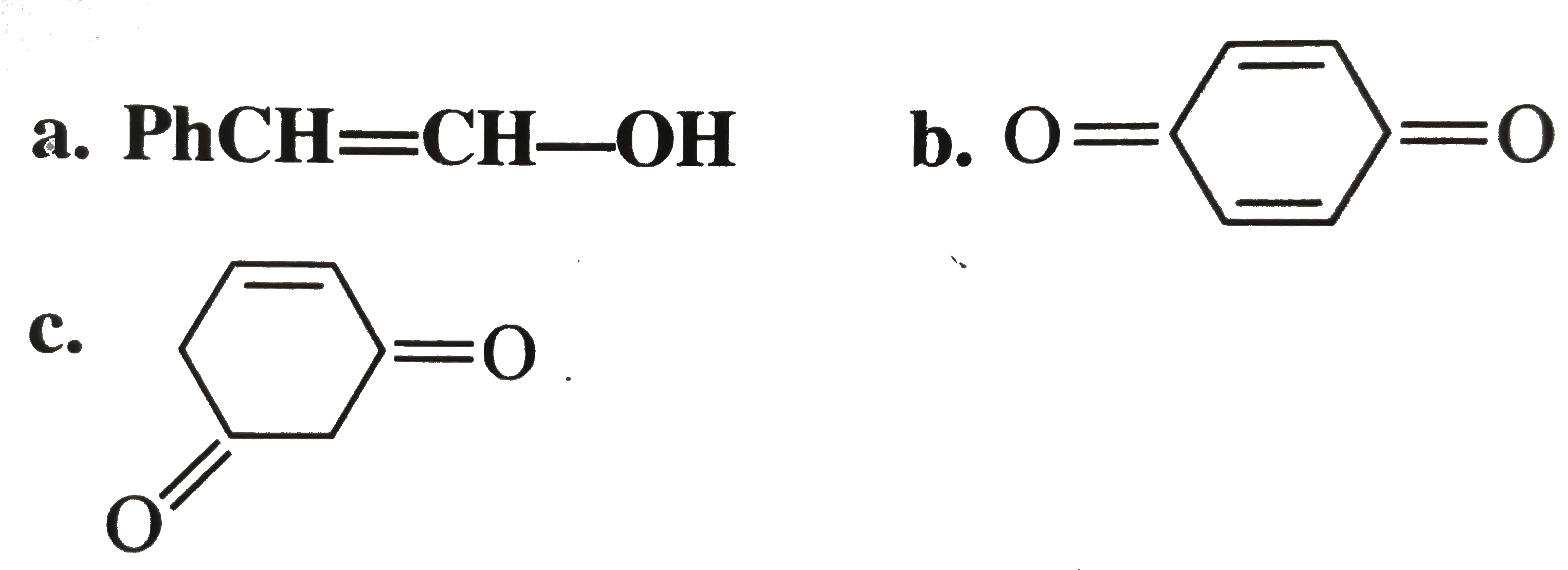
(II) Arrange the following in the decreasing order of enol content:
(i) a.`CH_(3)COCH_(2)CHO` , b. `CH_(3)COCH_(3)`
c. `CH_(3)CHO` , d. `CH_(3)COCH_(2)COCH_(3)`
(ii) a. `CH_(2)(COOEt)_(2)` (Diethyl malonate)
b. `CH_(3)COCH_(2)COOEt(EA A)`
c. `CH_(3)COCH_(2)COCH_(3)`
d. `PhCOCH_(2)COCH_(3)`

(III) Give the decreasing order of enol content of ethyl acetoacetate in the following solvents:
a. Water b. Methanol
c. Benzene d. Acetone
View SolutionExplain the following:
I. Which of the following is more easily enolised?
a. Cyclobutenone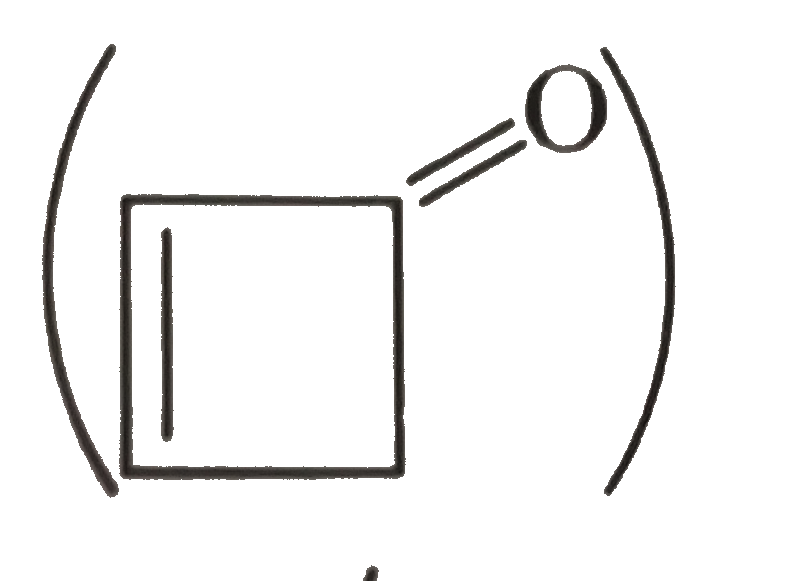
b. Triketo cyclobutane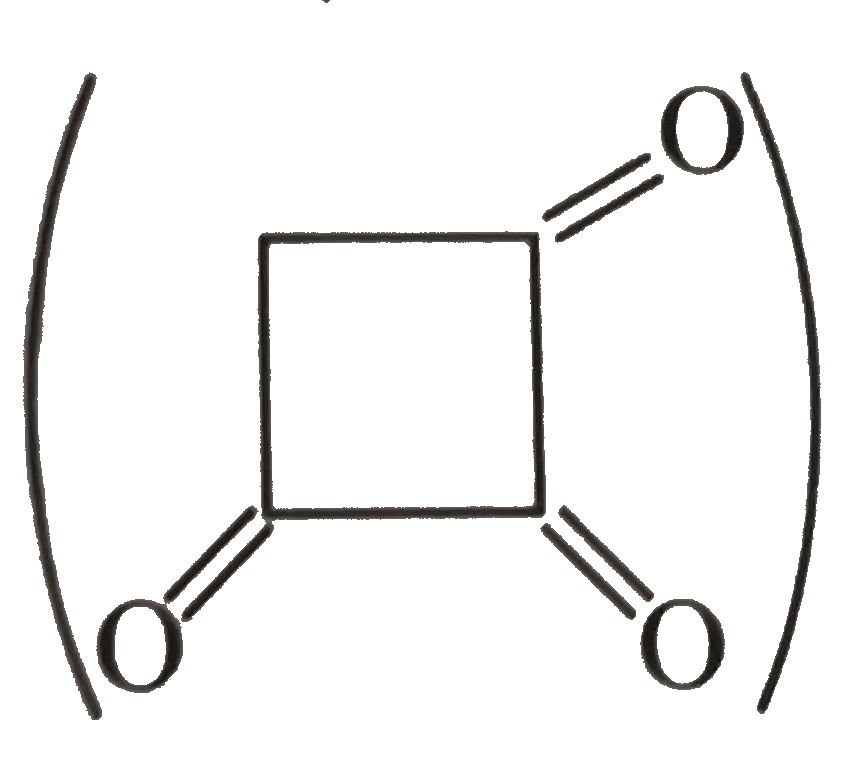
II. Why are keto forms of 2-pyridinol and `4`-pydridinol more stable than enol form?
III. Why is keto form generally much stable than enol form?
IV. Why is enol content of butane `-2,3` dione(biacetyl) `(A)` slightly higher than that of butan-2 one `(B)` and much less than that of cyclohexane `-1,2-` dione`(C )`
View SolutionWrite all the acyclic and cyclic isomers of a compound having molecular formula `C_(3)H_(6)O`.
View SolutionWrite all the ring-chain isomers of (a) pent-1-ene and (b) Pent-1-yne.
View SolutionArrange the following ligands in the decreasing order of priority.
a. i.`-OH` , ii. `-COOH`
iii `-CH_(2)OH` , iv.`CH(OH)CH_(3)`
b. i. `-NH_(2)` ii. `-C-=N`
iii. `-NO_(2)` iv. `-CH_(2)NH_(2)`
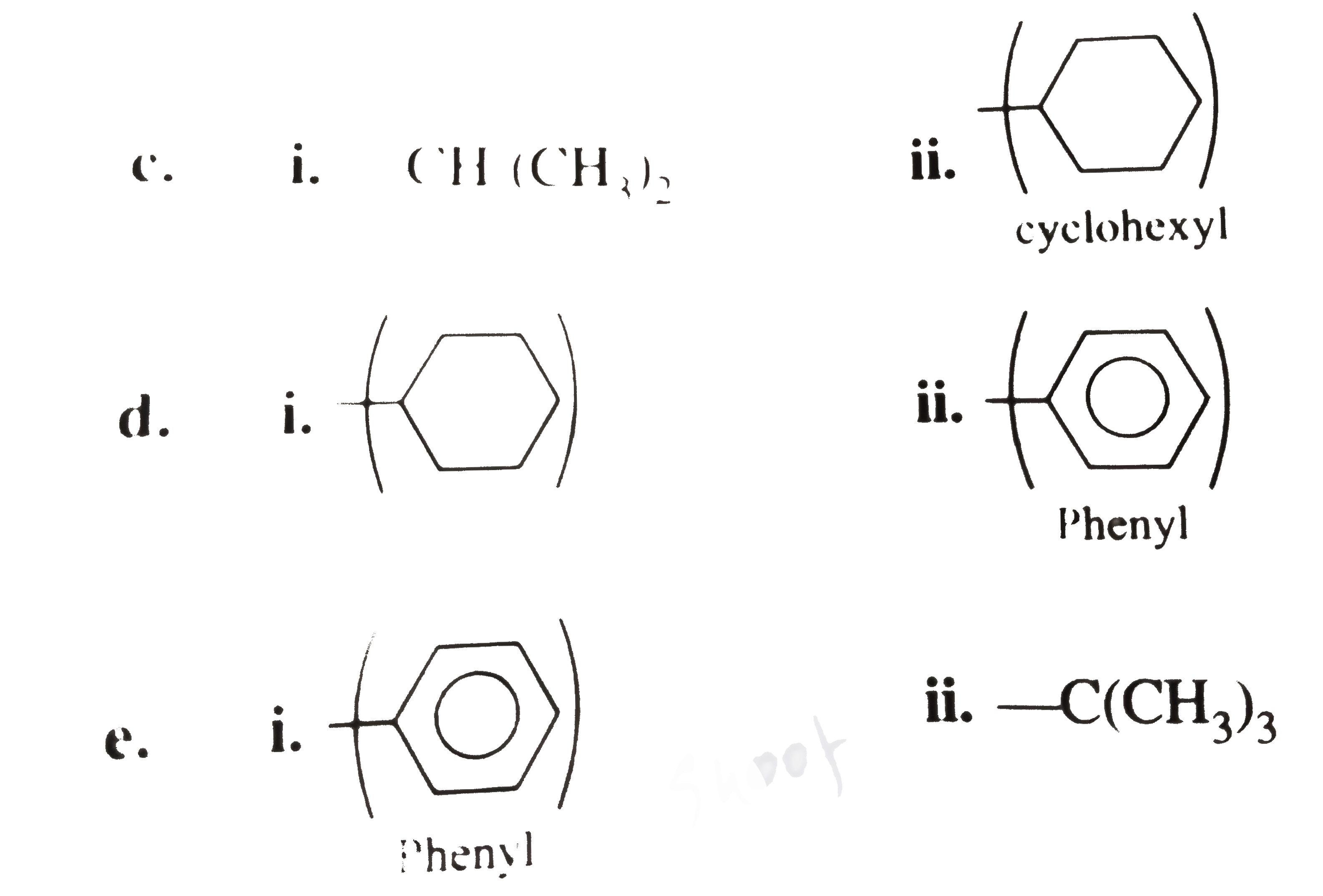
View SolutionWhich of the following alkenes have diasteremores?
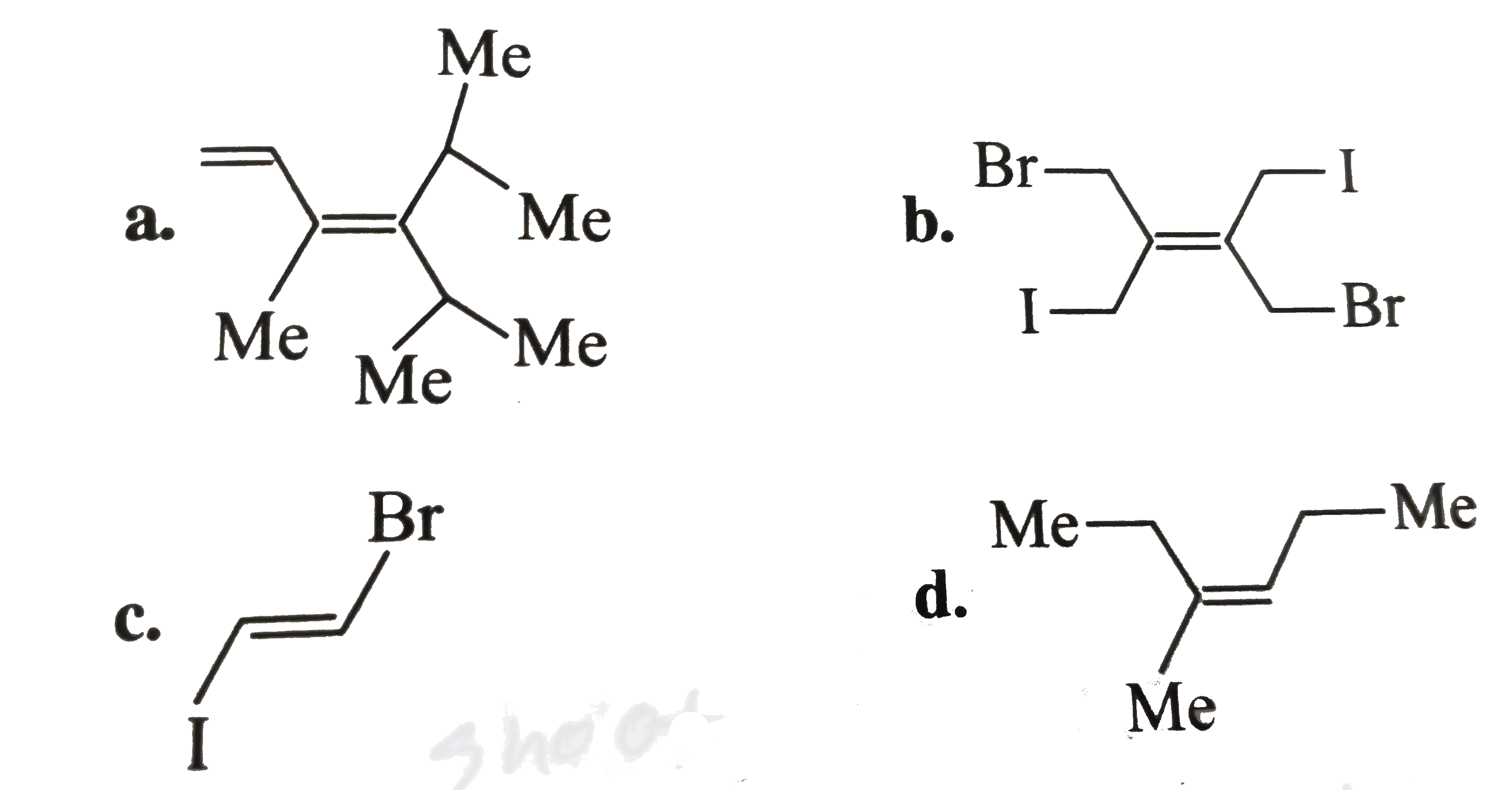
View SolutionAssign `E-Z` configuration to each of the following:
a.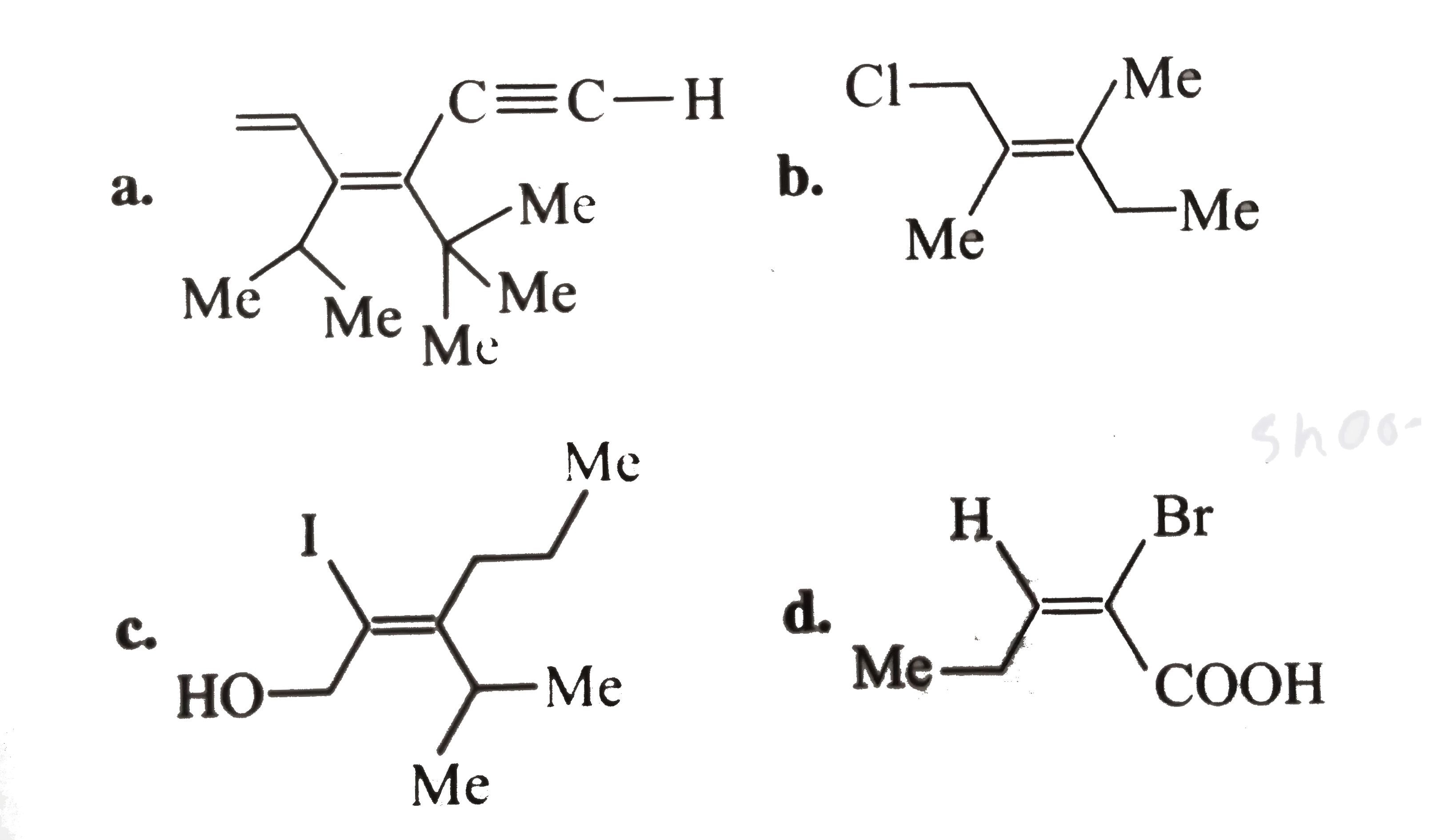
View SolutionGive the decreasing order of net dipole moments of the following:
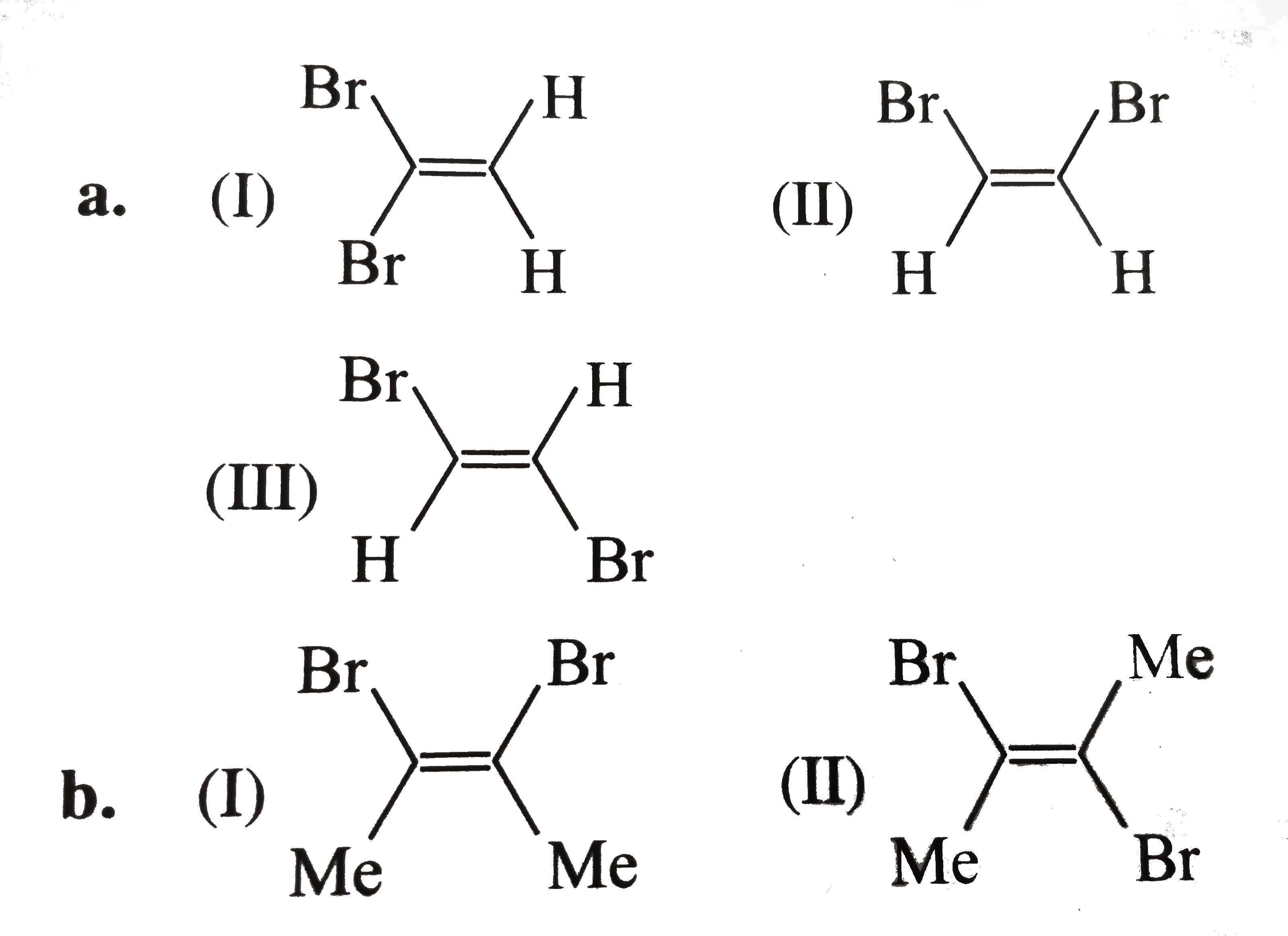
View SolutionGive the structural and diastereomers of pent-1-ene.
View SolutionSpecify the configuration of following compounds in `D` of `L`.

View SolutionThe optical rotation of an optically active compound is `+20^(@)`. The length of tube is `10 cm` and the density of solution is `0.4 gm ml^(-)`. The specific rotation of the compound is:
i. `+50^(@)` ii. `+500^(@)` iii. `+5^(@)` iv. `+0.5^(@)`
b. Which of the following are optically active compounds and why?
i. Butan-1-ol ii. 2-Chlorobutane
II. Lactive acid iv. 3-Chloropentane
c. Which of the following are optically active and why?
i. `CH_(3)CH(Cl)CH_(3)`
ii. `CH_(3)CH_(2)CH(CH_(3))COOH`
iii. `CH_(3)CH_(2)CH(NH_(2))CH_(3)`
iv. `CH_(2)OHCH_(2)OH`
d. Which of the following are optically active and why?
i. Propan-1-ol , ii. Butan-2-ol
iii. Heptan-4-ol , iv. 3-Aminohexane
v. 2-Chloropentane , vi. 2,2-Dichloropropane
e. Mark `(**)` on the asymmetric carbon atom, if any, in the following compounds:
(i) `CH_(3)-CHCl-CH_(2)-CH_(3)`, ii. `CH_(3)-CHOH-CH_(3)`.
View SolutionExplain the following:
a. What is stereocentre and how it is related to a chiral centre?
b. What kinds of `sp^(2)`-hybridised `C` atoms cannot be chiral centres?
c. What kinds of `sp^(3)`- hybridised atom other than `C` atom can be chiral?
View SolutionWrite the name and structrue of the following optically active compounds with lowest moleuclar weight.
i. alkane ii. Alkene
iii. Alkyne iv. unsaturated hydrocabon
v. alkyl halide vi. Alcohol
vii. Acid viii. Amine.
View Solutiona. How many stereoisomers are possible for the compound `CH_(3)CH=CHCHClCH_(3)`?
b. How many stereoisomers are possible for the compound `HOOC CH_(2)-COOH`?
c. Isopentane on monochlorination gives `"_______"` isomers and out of them `"______"` are optically active.
d. Which of the following compounds exhibits `(s)` geometrical isomerism?
i. `C_(2)H_(5)Br` , ii. `(CH)_(2)(COOH)_(2)`
iii. `CH_(3)CHO` , iv. `(CH_(2))_(2)(COOH)_(2)`
e. Write down the structuers of stereoisomers of the following:
i. 2,3-Dihydroxybutane
ii. 3-Phenyl-2-propenoic acid
f. Write down the number of asymmertric carbon atoms in each optically active compound and report the number of isomers.
i. `CH_(3)(CHOH)_(2)COOH`
ii. `COOH.(CHOH)_(2)COOH`
View SolutionHow many structural isomers and stereoisomers of bromopiperidine are possible?
b. How many stereoisomers of 4-chlorocyclo-hexane are possible?
c. How many optically active and inactive isomers of `2,3,4,5`- tetrachloroadipic acid are possible?
d. How many meso diastereomers of `C_(6)H_(12)Br_(2)` are possible
e. How many optically active inactive isomers of `1,2,3-`trimethylcyclohexane are possible?
View Solutiona. The specific rotation of a pure enantiomer is `+10^(@)`. What will be its observed rotation if its is isolated from a reaction with
i. `30%` racemisation and `70%` retention.
ii. `70%` racemisation and `30%` inversion.
b. What is the percentage composition of a mixtrue of two enantiomers whose rotation is `-10^(@)`? The specific rotation of pure enantiomers is `-20^(@)`.
c. What is the optical purity of a sample having an `[alpha]_(obs.)=+9.0^(@)` if `[alpha]_(D)=+12^(@)`.
View SolutionAn aqueous solution containing `10 gm` of optically pure fructose was diluted to `500 ml` with water and placed in a polarimeter tube `20 cm` long. The measured roatation was `-5.0^(@)`. To this solution, `500 ml` of a solution containing `10 gm` of racemic fructose is added. What will be the change in specific rotation?
View SolutionWhich of the following will show dipole moment `(mu)`?
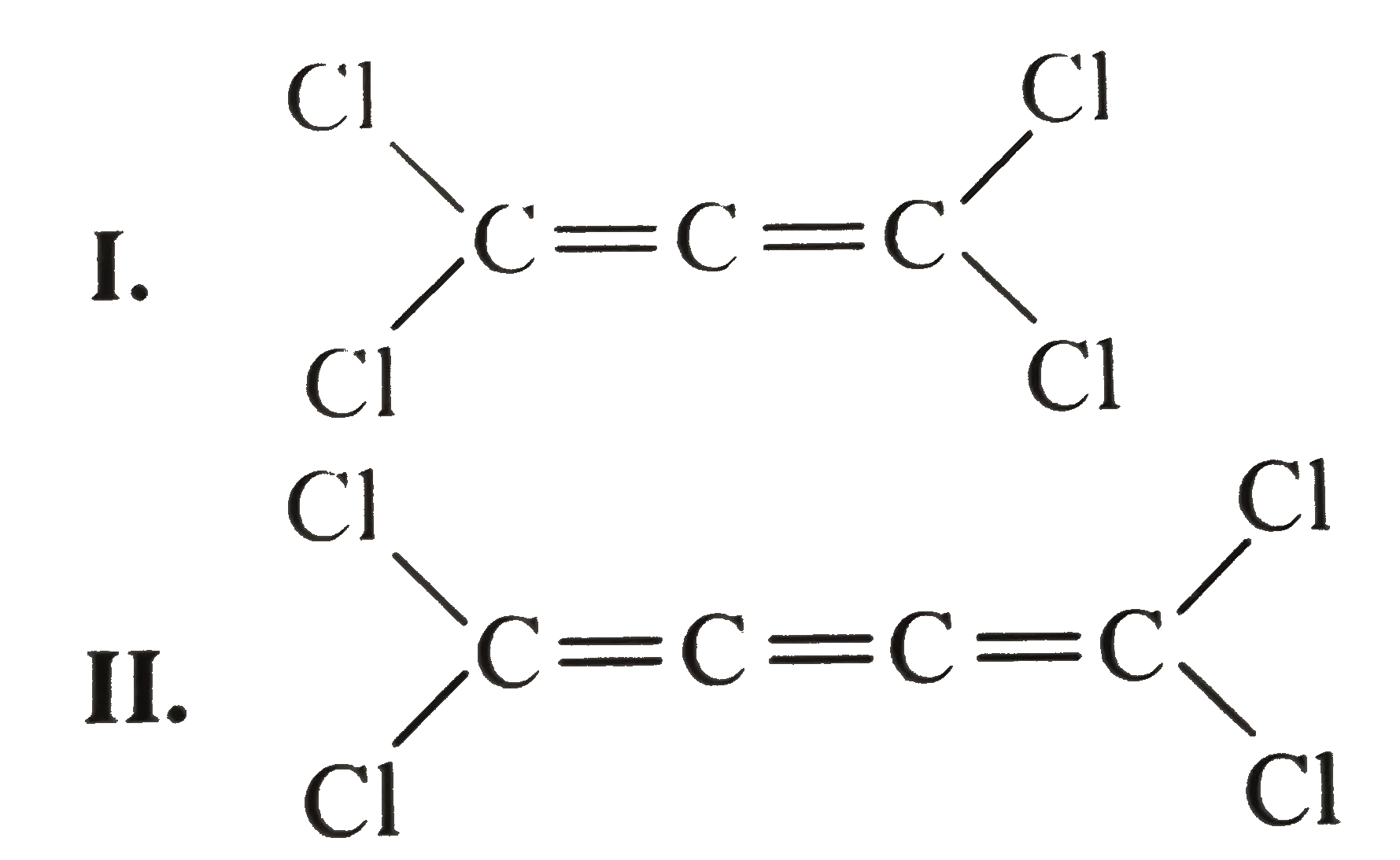
View SolutionDraw Fischer projection formulae for the following molecules:
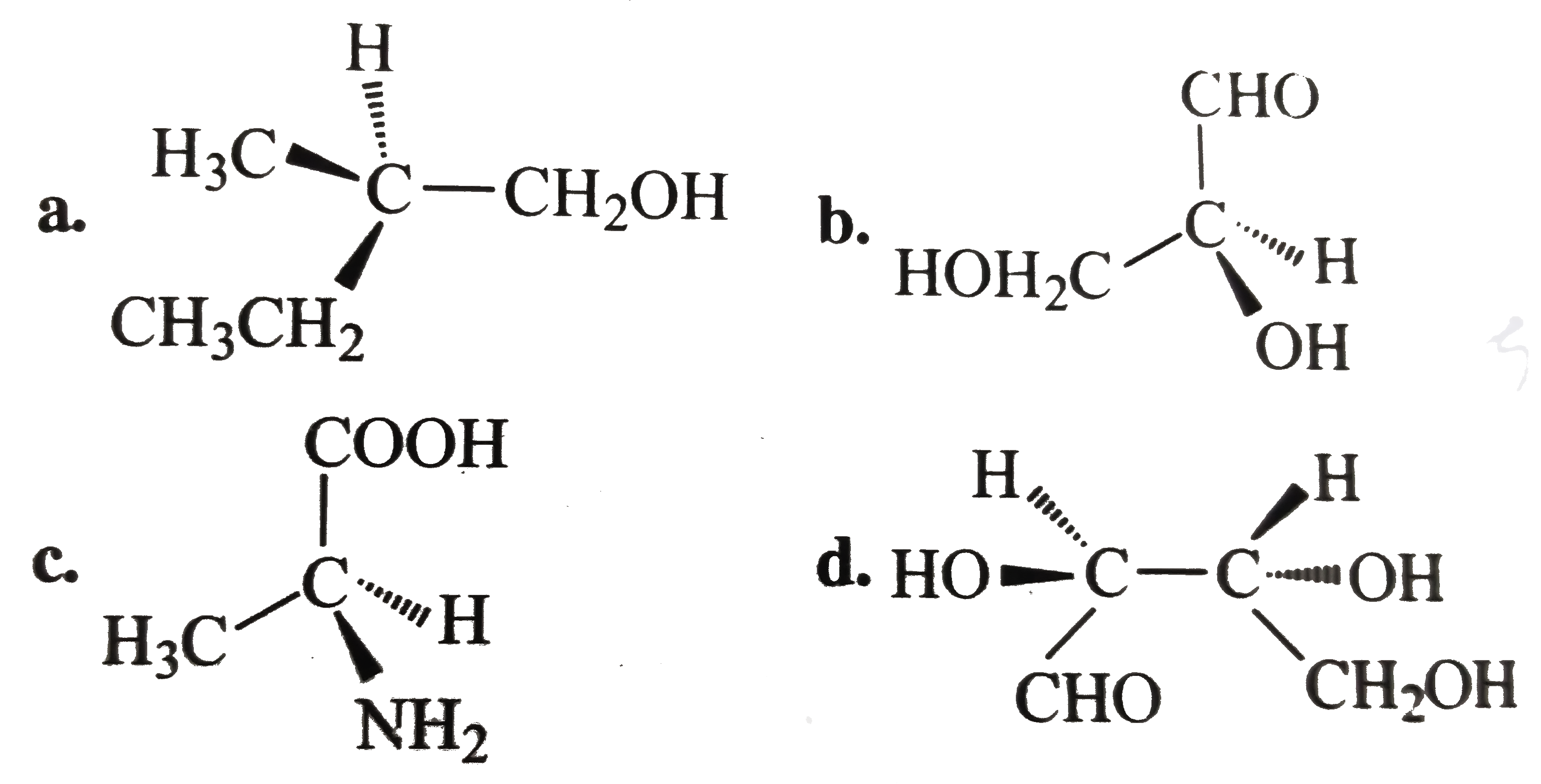
View Solutiona. Convert Wedge formula to Fischer formula.

b. Convert Fischer formula to Wedge formula.
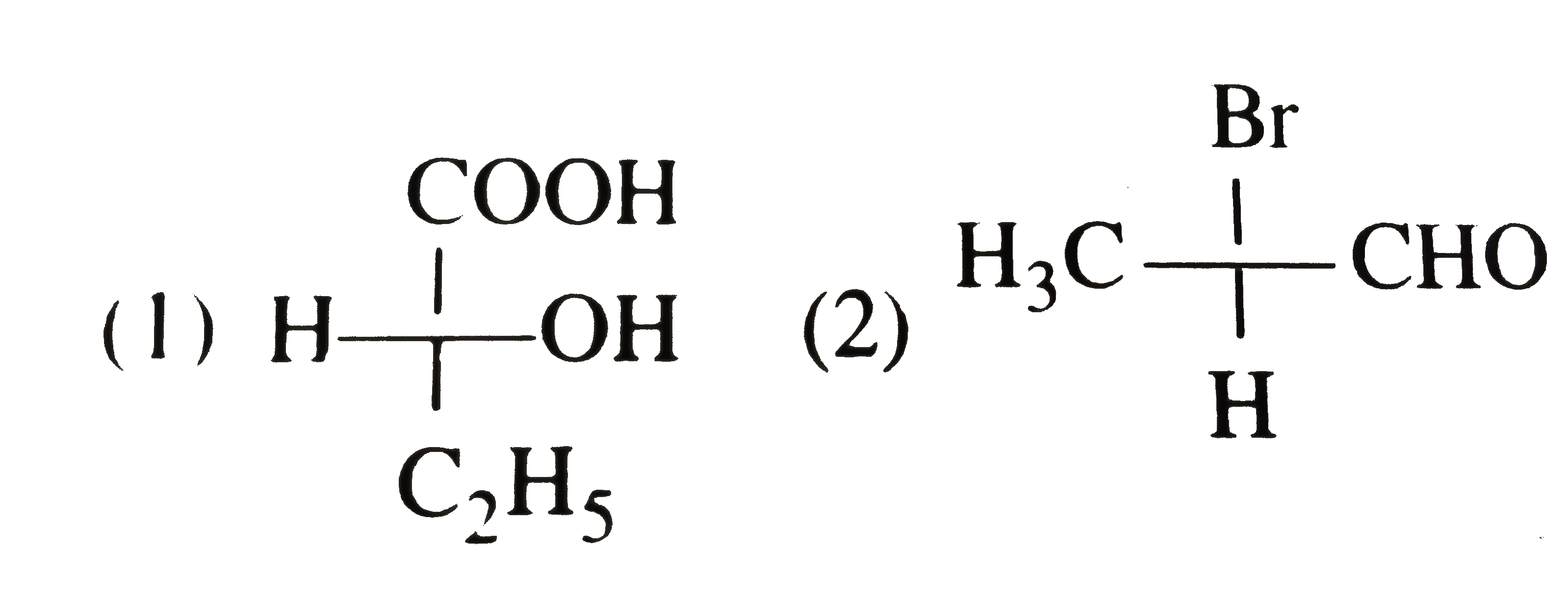
View SolutionConvert Sawhorse formula to Fischer formula.
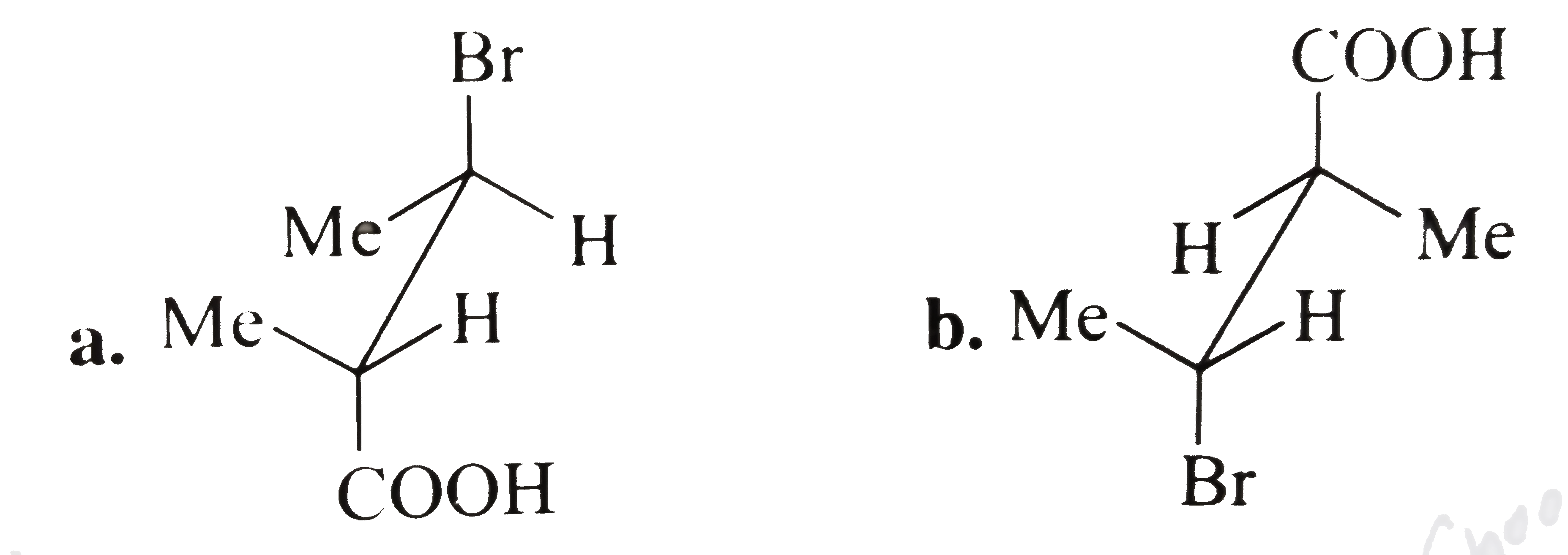
View SolutionAssign the `R` and `S` configurations to the enantiomers of 2-chlorobutane.
View SolutionAssign the `R` and `S` designation to the following compounds:
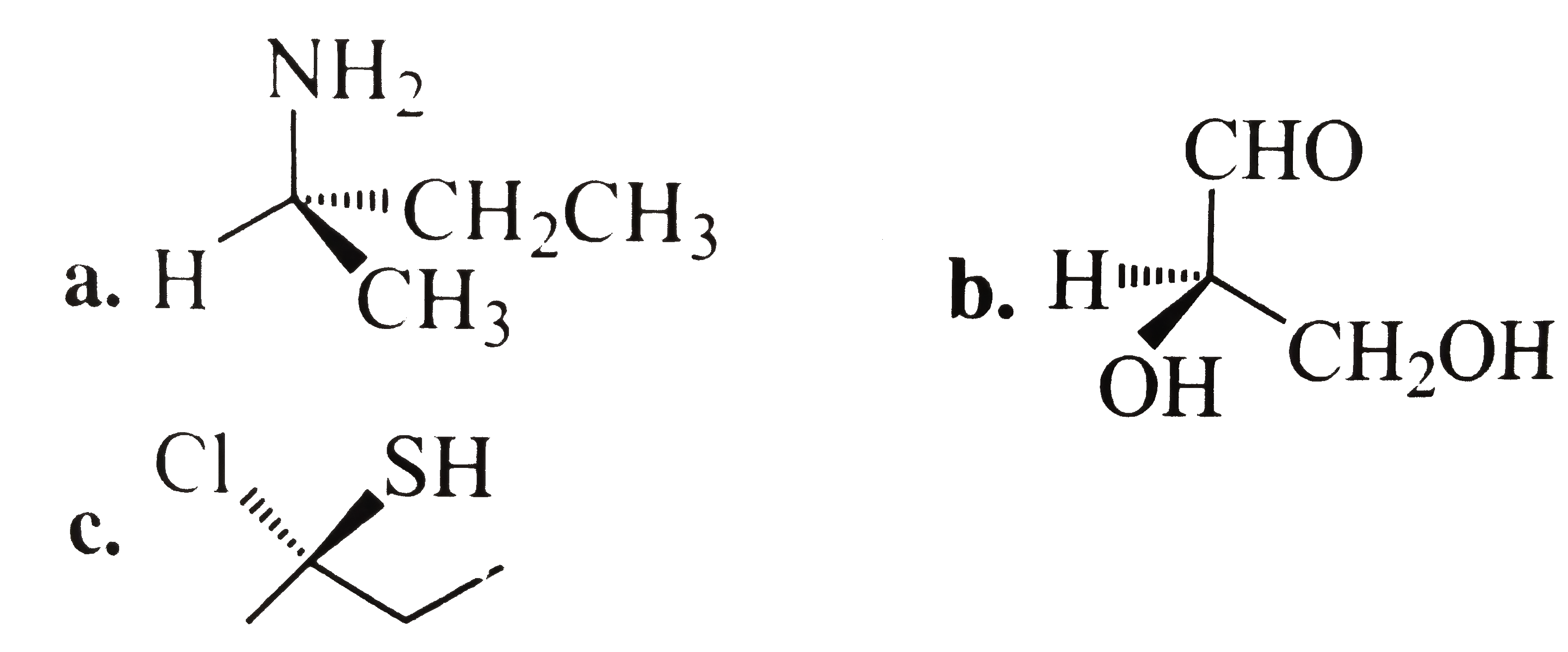
View SolutionGive the effect of the configuration of `(S)-2-` bromo butane on performing the following operations:
a. Exchanging ligands across the horizontal bond.
b. Exchanging ligands across the vertical bond.
c. Making both switches (a) and (b)
d. Exchanging a horizontal and vertical ligand.
e. A `180^(@)` verticle or horizontal rotation outside the plane of paper.
f. A `90^(@)` rotation on the plane of paper.
View SolutionAssign `R` and `S` configuration of the following compound.

View Solution
Illustration questions and complete solutions for chapter ISOMERISM of CENGAGE CHEMISTRY (HINGLISH) of Class 11
All Exercises from CENGAGE CHEMISTRY Class 11 CHEMISTRY ISOMERISM
- (Linked Comprehension Type)Exercise
- Analytical and Descriptive Type (Exercise)
- Assertion-Reasoning Type
- Assertion-Reasoning Type (Exercise)
- Example
- Exercise
- Fill in the blanks (Exercise)
- Illustration
- Multiple choice questions (Exercise)
- Single correct answer type
- Single correct answer type (Exercise)
- True False (Exercise)